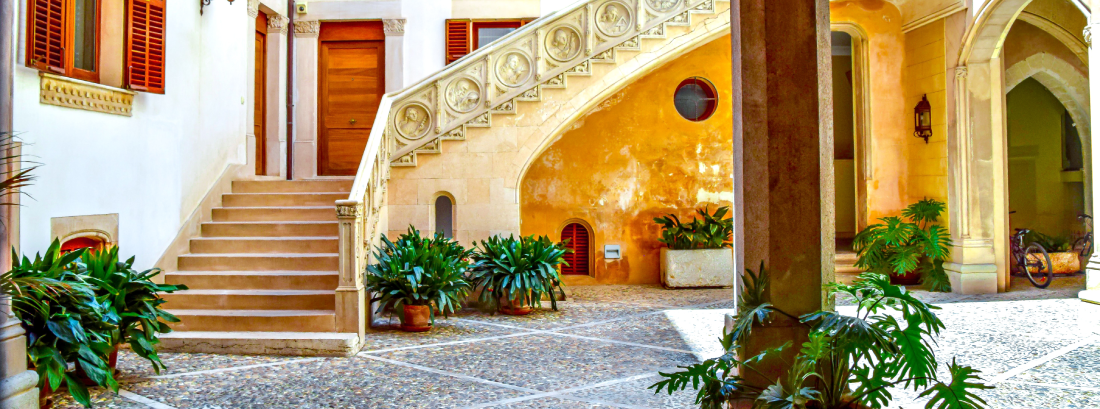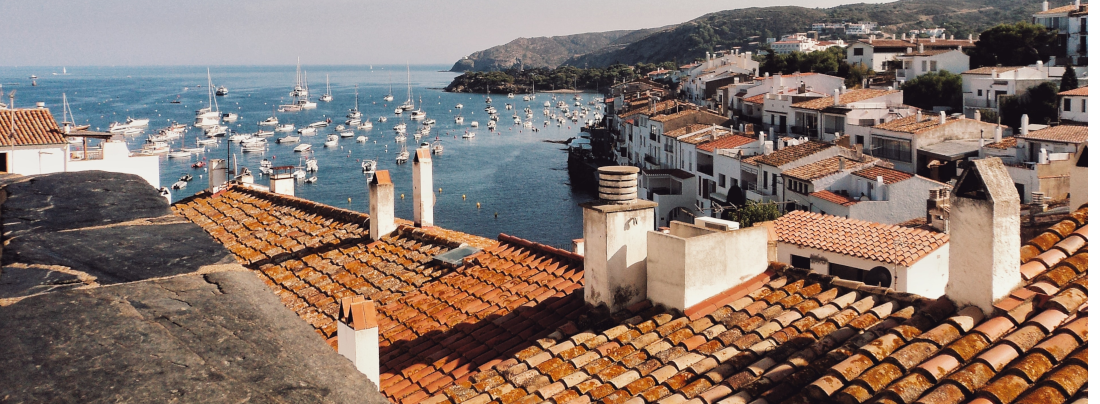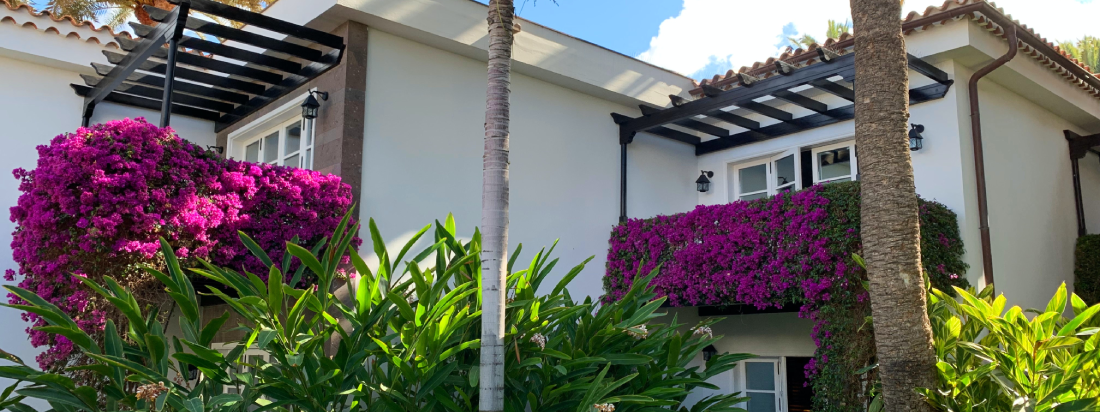So you’ve decided the time has come for you to realise your dream of moving to Spain and building your own home – congratulations, that’s very exciting news!
But before you pack your bags and board the plane, you need to know the ins and outs of how to go about your new housing project. You’ll need to consider costs, locations, regulations, architects, designers, construction workers, risks, and more.
This can take a lot of time and careful research, particularly if you don’t know much about the landscape, culture and regulations out there already.
So to help you get started on your journey, we’ve put together this overview of how to build a house in Spain.
Educate yourself on the process
.png)
Building a house in Spain is not for the faint of heart, and it’s certainly not a project you should jump into without careful consideration. So before you get down to the nitty-gritty, it’s a good idea to educate yourself on how the process works and how building your house in Spain is going to be different from other countries.
For example, Spanish bureaucracy is famed for its ability to turn your day upside down, prompting you to fulfil often draining amounts of legal paperwork, stand in long queues and go up against strong gatekeeping that makes it harder to achieve your goal.
So before you jump in, you need to prepare yourself for what could be a potentially lengthy process to getting your building signed off and built. We’ll look at the main types of building regulations and certificates you need to obtain later in the guide.
Make a list for your dream home
Once you’ve learned a little more about the process, if you’re still up to the challenge, you can begin to make a list of what your dream house will look like. This could mean several things, but most importantly, you need to begin putting together ideas for aspects such as:
- The location
- The materials you’d like to use
- How many rooms you’d like to have
- Any important features
- If there are any extras you want (such as a swimming pool)
It can be really helpful to look at some real estate websites to get an idea of the kind of house and features that are available in Spain and those that you would like to have in your home.
Set yourself a budget

Once you have an idea of the materials you want to use, as well as the size and location of your home, you can start to get a budget in place. You can use the internet to help you do some research on costs of material, land, construction workers, etc.
Generally, 40 percent of the budget should be allocated to the cost of land, with an additional 40 percent budgeted for construction costs. The remaining 20 percent is used for paying the professionals you've hired and for paperwork costs.
If you're unsure about your budget, you could reach out to a specialist service provider that helps people to make their home abroad a reality. These companies can often work out the cost and budget for you, but this will cost you more as you’ll also need to pay them for their services.
Find a plot of land
With a budget set aside for your plot of land, you can now begin to find the perfect spot for your new home. Of course, the closer your land is to major cities and beaches, the more expensive it is likely to be, so think carefully about where you want to be.
There are also some other important things to consider before settling on your plot of land, such as what amenities you want nearby, the type of land, vehicle access and boundaries with neighbours.
Double-check planning regulations

Once you’ve found a plot of land that you like, before you part with your cash, you need to check that legally you have the right to build on it, as well as if it’s within your budget.
Essentially, what you need to know at this stage is whether your land is urbano or rustico. For the most part, urbano land is set aside for development, and rustico isn’t, but always be sure to double-check either way.
Again, you can speak to the landowner to find this out, check in with the local authorities or rely on your third-party provider (if you’ve chosen to work with one) to find out this information for you.
Put a team together
There are going to be several key players when it comes to making your new home in Spain a reality.
You’re going to need an architect that knows the local area and is prepared to listen to your ideas to bring your vision to life. You’ll also need to find some local construction professionals that understand the regulations, have the skills to build your dream house, and can complete the build to the legal requirements and regulations. Your team will prove crucial when the time comes to apply for your building licence.
Once you have your team in place, you can then begin the design process.
Get a design drawn up

Once you’ve got your architect, you can sit down and discuss the look and functionality of your new house. They can then create an initial plan, including important details such as the layout, shape, orientation and positioning of your building within the plot of land.
Work with the architect to smooth out all the smaller details until you are 100 percent happy with their design. This can take some time, but you should never just settle. You need to make sure your new home will be exactly as you’ve always dreamed it.
When the design is complete, start a dialogue with the local authorities just to check for one final time that what you want to build is going to be above board.
Apply for a building licence
Once you've come up with a solid plan, you can get documents drawn up to apply for the building licence. This is called a Licencia de Obra Mayor, for major construction work, or a Licencia de Obra Menor for minor renovations, and must be obtained before the construction of any building can begin.
Once submitted, the local council will review the designs and documents and grant you a building licence (or not, as the case may be).
While you wait for the plan to be approved, you can work on the smaller details such as bathroom fittings, doors, windows, etc. When you finally have all the legal documentation and licences approved and in place, your home can finally start taking shape.
Start the build
It’s now time to mobilise your construction team and let the work begin. The consultation team should work under the supervision of your architect and other senior professionals, such as building directors.
Once they’ve built your new house to your specifications, the initial part of the build is done, and you have your home in Spain, you can start adding the final touches.
Add the finishing touches
The final stage might require an interior designer or landscaper to put the finishing touches in place. Alternatively, you may wish to do all of this yourself if you have the time. This can save some money on your budget.
When your house is complete, decorated and feels like home, you can organise a house-warming party for your nearest and dearest to come and see your creation.


